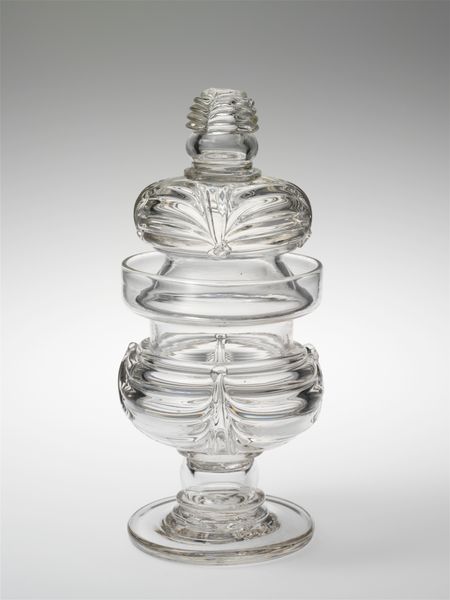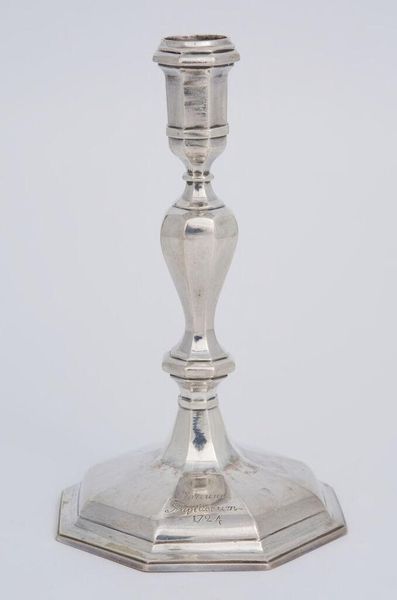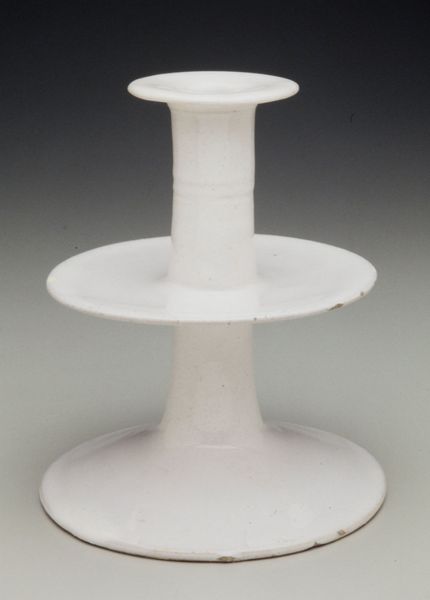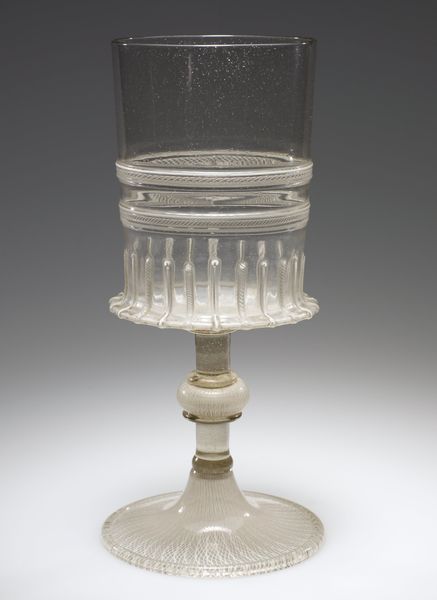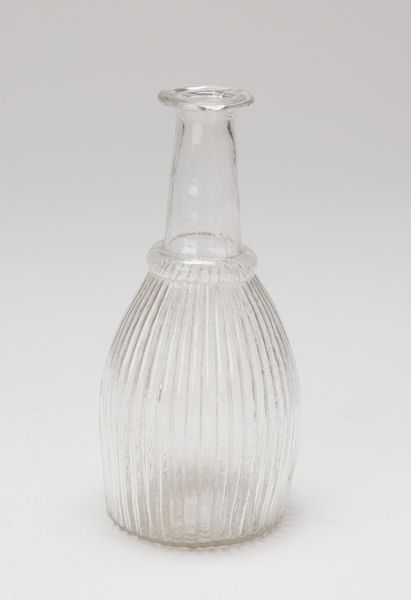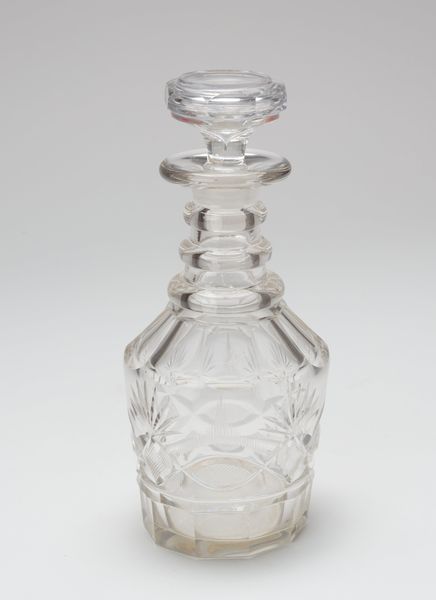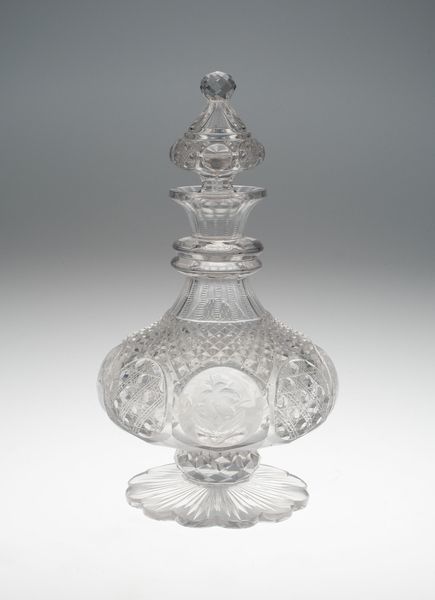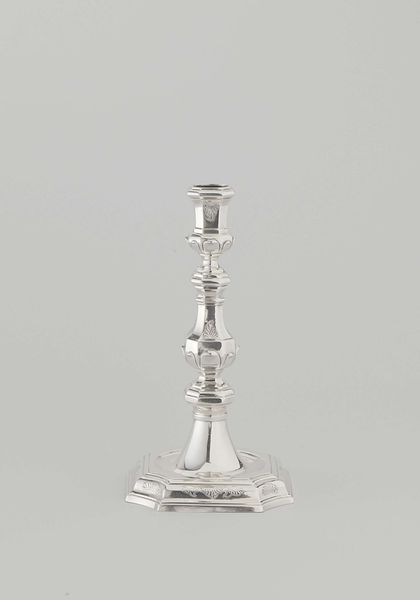
glass, sculpture
#
glass
#
sculpture
Copyright: Public Domain
Curator: Ah, I see we're admiring the glass "Wig Stand," crafted around the 19th century by the Boston and Sandwich Glass Company, and now residing here at the Minneapolis Institute of Art. Editor: It's unexpectedly elegant. The clarity of the glass, that gentle, symmetrical structure—it reminds me of some kind of delicate architectural model or perhaps a fancy glass chess piece. Curator: The "Wig Stand," beyond its obvious function of, well, holding a wig, also operated as a social signifier. In the 19th century, wigs weren't just for necessity, they were fashion statements. This stand becomes a quiet monument to artifice. Editor: I see that social dance between authenticity and pretense, all materialized in sparkling glass. Was the intention purely functional, or was there an element of display, a subtle showing off of social standing inherent in owning such a piece? Curator: Absolutely! Consider the very act of displaying a wig – it reveals something hidden, a vulnerability. The wig itself became a symbol of power, projecting an image, and the stand further emphasizes this performative aspect of identity. Its visibility implies the owner participated in the wider world. Editor: So it reflects broader trends. Wigs themselves often became subject to social and political comment through cartoons and satirical writings. The object here almost looks like it might itself lend gravitas and add power to even the plainest wig atop. Curator: And think of glass itself! In that era, glass production involved a sophisticated network of artisans, traders, and consumers. A wig stand like this spoke volumes about participation in global economies and artistic traditions. Editor: Indeed. Even today, something about its sheer transparency evokes the idea of clarity and candor in a period steeped in formalities. The circles of clustered bumps catch and scatter light – visually, the light may even appear to ripple out of the piece. It’s so different than what you expect of something holding up hair. Curator: It makes you reconsider those familiar everyday items from a past culture – they held values that remain as fragile or robust as this glass. Editor: A fine point; perhaps an exquisite yet mundane object really can act as a prism through which to consider so much more.
Comments
No comments
Be the first to comment and join the conversation on the ultimate creative platform.
